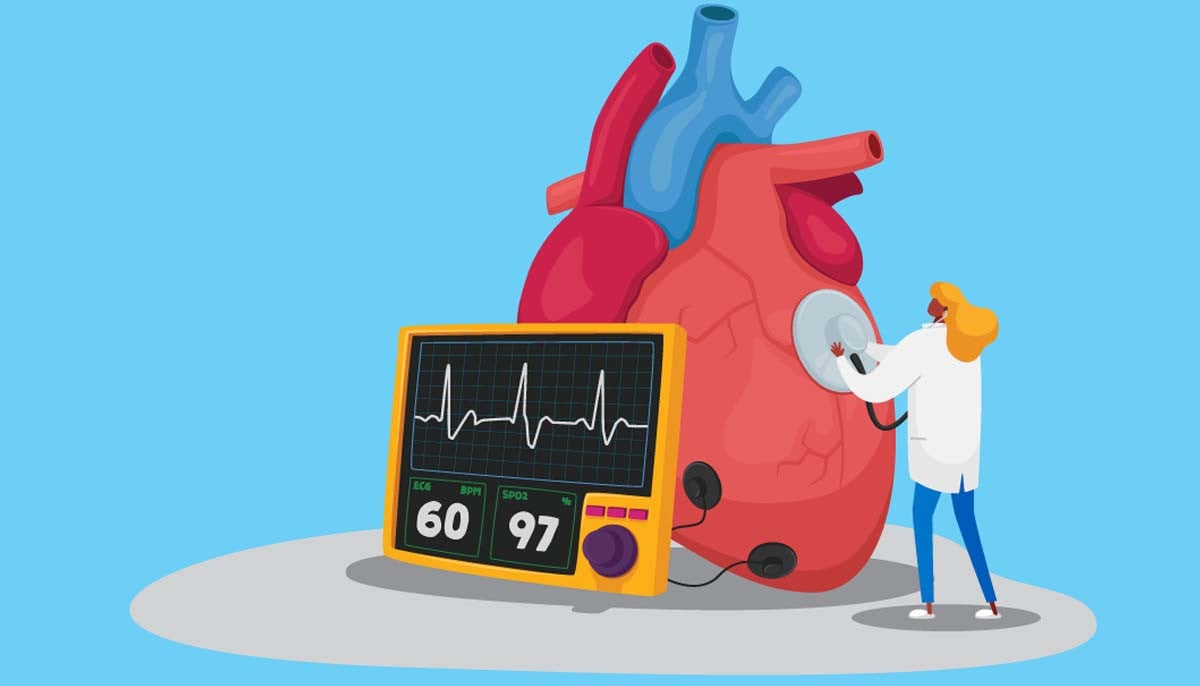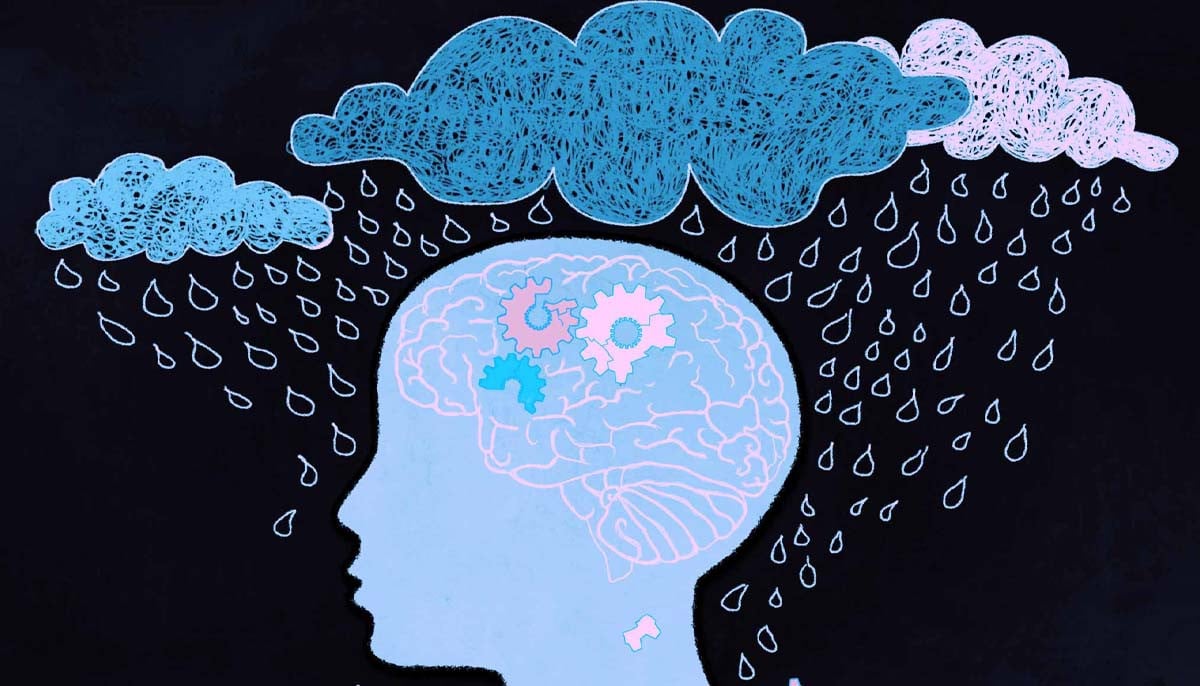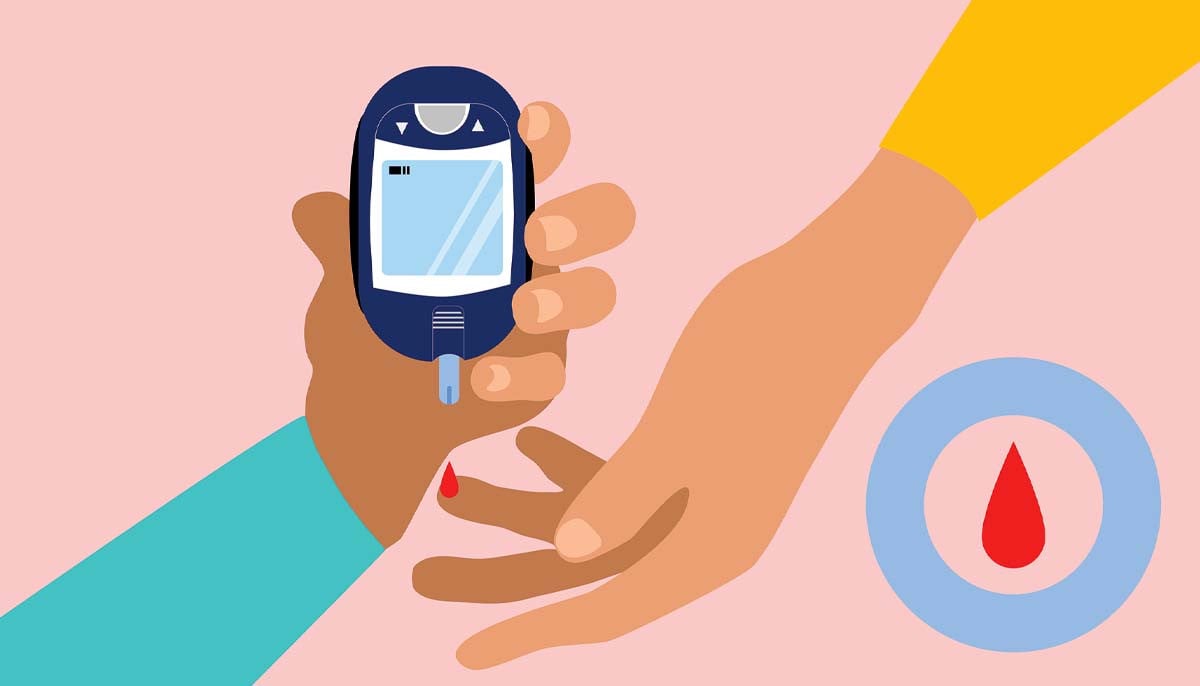'Children played significant role in spread of COVID-19'
Study suggests children aged 8 years and younger were more likely to be source of transmission than those aged 9 to 17
A study suggests that 70.4 per cent of the nearly 850,000 US household transmissions of the SARS-CoV-2 virus originated with a child, the group least affected by the COVID-19 disease.
According to a study published in JAMA Network Open, younger children were more likely to spread the virus.
A team led by Boston Children’s Hospital researchers gave smartphone-connected thermometers to 848,591 households with 1,391,095 members, who took 23,153,925 temperature readings from October 2019 to October 2022, The Economic Times reported.
Fever served as a proxy for infection.
There were 516,159 participants from 166,170 households, 51.4% of whom were children.
In these households, 38,787 transmissions occurred, 40.8 per cent of which were child-to-child, 29.6 per cent child-to-adult, 20.3 per cent adult-to-child, and 9.3 per cent adult-to-adult, the study revealed.
The median serial interval between the index and secondary cases was two days.
Based on the study's results, of all household transmissions, 70.4 per cent began with a child, with the proportion fluctuating weekly between 36.9 per cent and 87.5 per cent.
Moreover, children aged 8 years and younger were more likely to be the source of transmission than those aged 9 to 17 (7.6 per cent vs. 5.8 per cent).
The proportion of transmission from children was inversely associated with the number of new COVID-19 cases in the community over the majority of the pandemic.
“More than 70 per cent of transmissions in households with adults and children were from a paediatric index case, but this percentage fluctuated weekly,” the researchers said.
“Once US schools reopened in fall 2020, children contributed more to the inferred within-household transmission when they were in school and less during summer and winter breaks, a pattern consistent for two consecutive school years," they added.
“When the incidence of COVID-19 increases, adults in the community are at higher risk of infection; this may increase the likelihood that adults become the index case in a household transmission and explain the negative correlation we observed,” the researchers continued.
The research team concluded that SARS-CoV-2 spread significantly through in-person schooling and that children played a significant role in its spread.
-
New drug shows promise in lowering dangerous blood fats
-
New research finds back pain may disrupt men’s sleep quality later in life
-
Do you have depression or is it just Monday blues? Find out where science stands
-
Air pollution may play a role in prostate cancer risk, experts warn
-
Type 2 diabetes hidden trigger in daily food revealed
-
Find out how you can avoid diabetes at your home
-
Pregnant women fighting 'like hell' against paracetamol?
-
‘Stranger Things’ star David Harbour speaks up about ‘psychotherapy’












